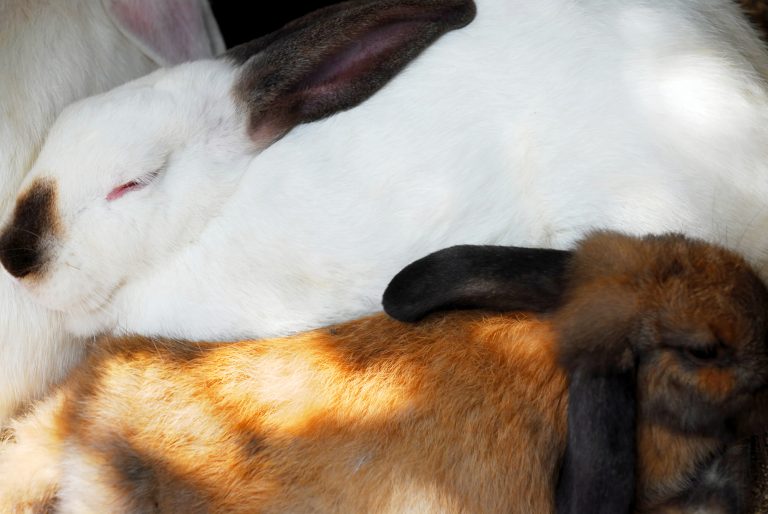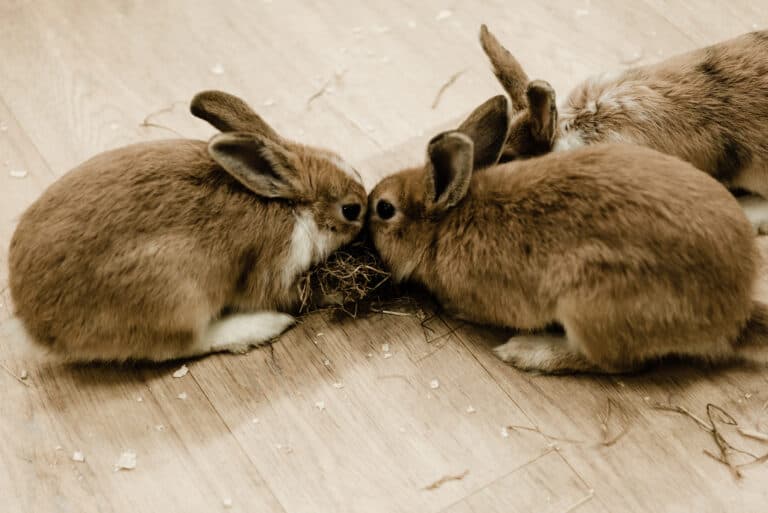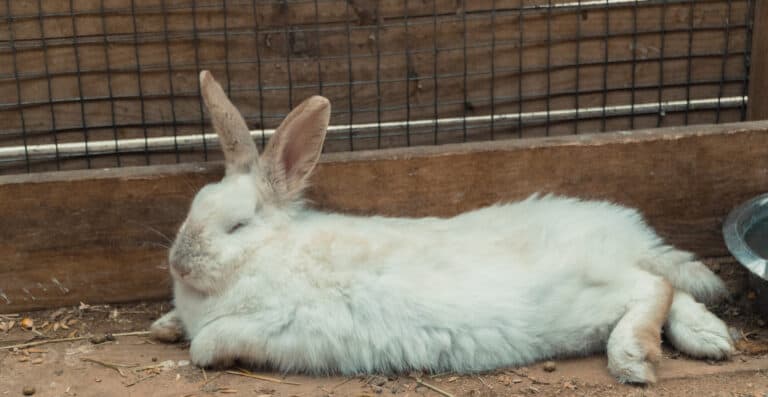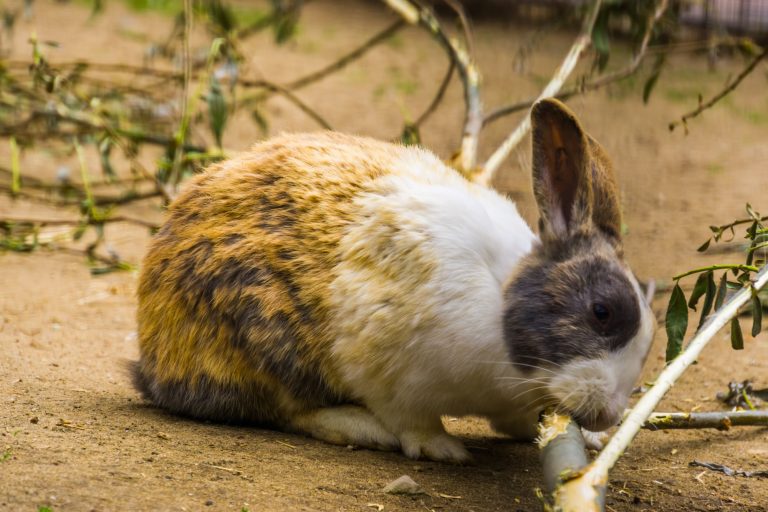How to Stop Rabbits from Chewing Wires
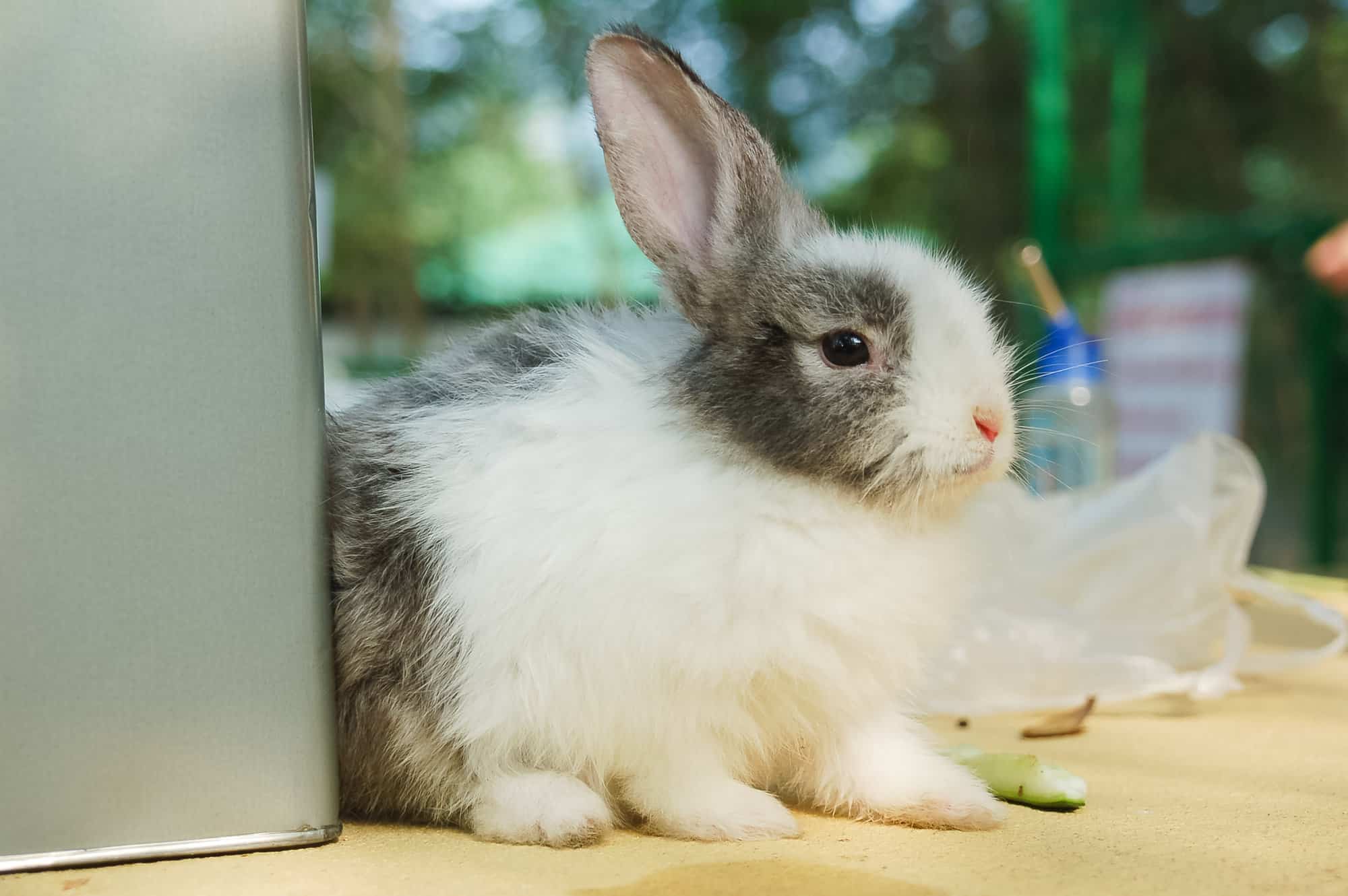
Rabbits chew, and we can easily understand why. They need to do so; otherwise, their perpetually growing teeth get too long and cause all sorts of health issues. However, letting them gnaw on everything they come across their living space would be downright dangerous as plenty of stuff can cause them harm. Wires are one of them. So learning how to stop rabbits from chewing wires is an essential skill that can save you plenty of trouble and maybe even your pet’s life.
Why Do Rabbits Chew?
Rabbits have a biological need to chew. If they don’t wear their molars and incisors down through constant chewing, these get overly long. Dental issues and other related health conditions, such as eye infections, are the common results.
Nesting urges are still another reason why rabbits chew. They shred the materials they intend to use in their nests. Paper, cardboard, wires, anything that will make their nest warm and cozy is fair game for those sharp teeth.
Boredom can also lead to chewing. Buns with nothing to do may decide to entertain themselves by nibbling on those dangling wires and cords within their reach.
Why Do They Chew on Wires?
Examining an ordinary wire or power cord will give you an idea. Doesn’t it have the same size, look and feel as those shoots and stalks that buns love to nibble? Your bun may wonder if it will make a good meal and try to find out by taking a bite or two. The rubbery texture of the wire’s coating encourages further chewing, and your pet may decide how much fun it is to gnaw on his newly discovered chew toy.
Moreover, indoor rabbits, particularly those who roam free, often come across wires and cords as they wander through your home and may give in to their natural urge to chew those tempting objects.
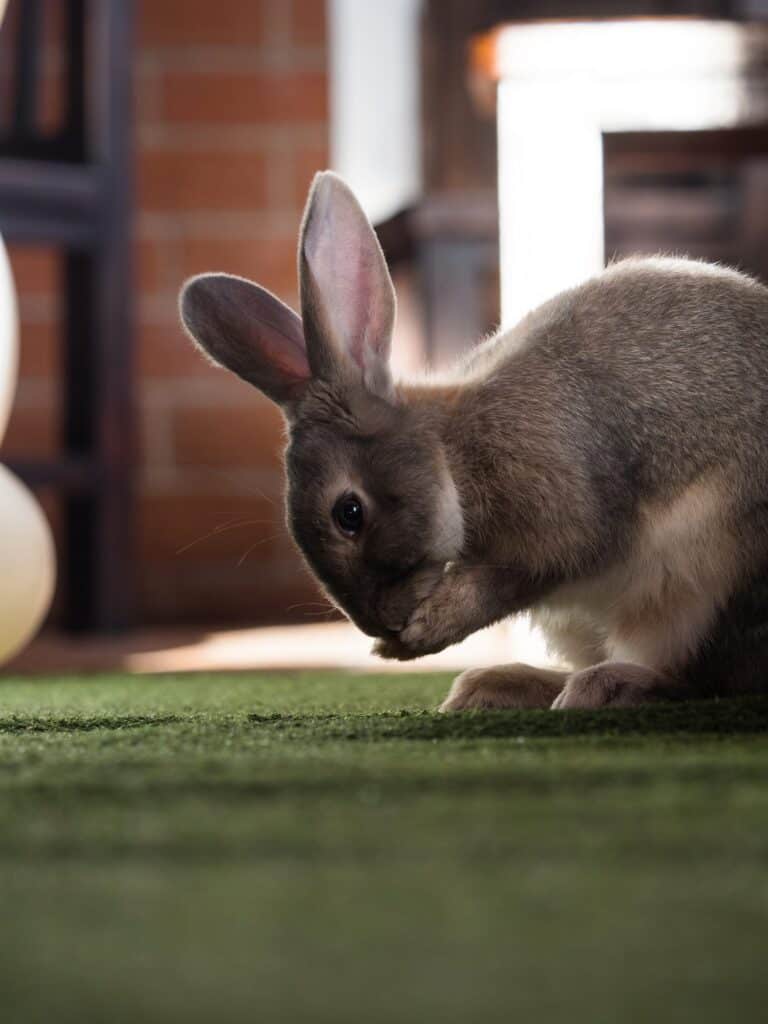
Can They Die from Chewing Wires?
Nibbling on wires poses risks for your bun. However, the severity of the injuries he sustains depends on the following scenarios.
The Wire Is Not Carrying Any Current
If the plug at the end of the wire isn’t inserted into a socket, the primary danger to your pet comes from the wiring material. Wires contain toxic substances, such as zinc, which can cause mouth lacerations. Meanwhile, ingesting the wiring material can lead to gastrointestinal upset or even obstructions, which may seriously impact your pet’s health.
The Wire Is Live
Rabbits that chew on live wires could suffer from a host of potential injuries, such as mild burns to the mouth, cardiac and respiratory trouble, and in extreme cases, death.
The damaging effects caused by biting on a live wire may not manifest at once. For example, symptoms of pulmonary edema or the accumulation of fluid in the lungs may not appear for up to two days after the cord-chewing incident.
Signs that your bun chewed on a live wire
- Redness, ulcerations, and swelling in and around the mouth, gums, lips, and tongue
- Discolored or cracked teeth
- Singed fur around the mouth
- Difficulty breathing
- Wheezing or crackling sounds when he breathes
- Excessive salivation
- Difficulty swallowing
- Agitation
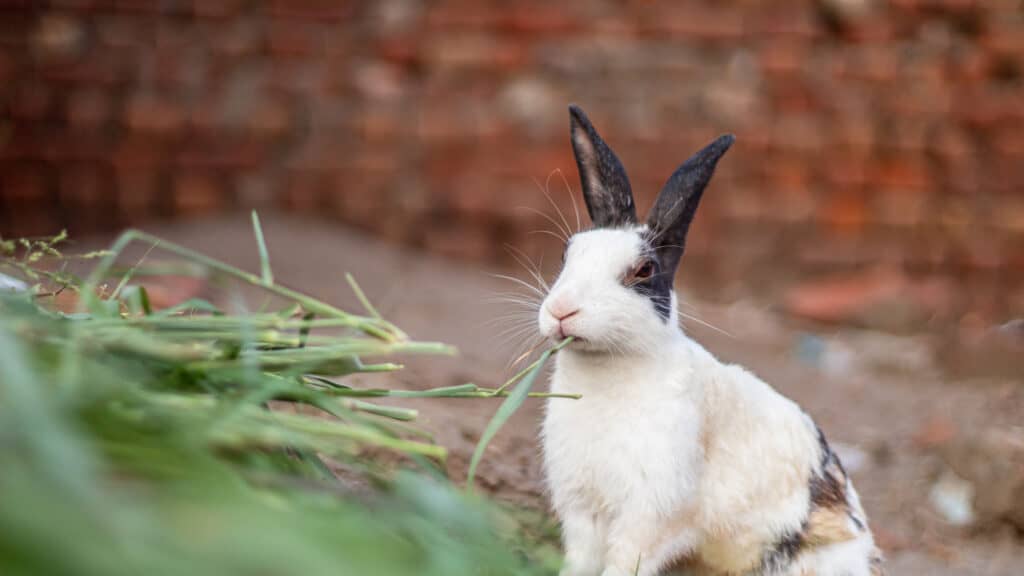
How To Stop Them
A rabbit with a free run of your home will have plenty of opportunities to get at your electronics’ wires and cables, not to mention carpet and walls! But keeping your bun locked up in his cage all the time isn’t the solution either.
Fortunately, you can still share your living space with your rabbit without gambling with his safety. Here are some ways you can prevent your pet from chewing those dangerous wires.
#1 Keep Wires out of Your Bun’s Reach
Simply rearranging your furniture may sometimes be enough to make electric cables inaccessible to your pet. For example, you can hide plug sockets behind your sofa. Just make sure you push the furniture plush against the wall. Buns are adventurous creatures and will likely explore any attractive gaps.
Another way to keep cables and cords away from your rabbit is by placing them in high places. You can get an electrician to do the job or do it yourself using tapes or braces.
#2 Don’t Leave Your Pet Unattended
Leaving your bun on his own in a roomful of electronics is asking for trouble. Remember that rabbits don’t instinctively know that they’re not allowed to chew wires and cables. You’ll have to teach your pet to leave those things alone. So don’t head off for the kitchen for a snack while your bun runs around the living room, for example.
Meanwhile, if you want to enjoy your bun’s company while binge-watching or listening to some music, don’t forget to check on him regularly to make sure he’s not entertaining himself with the power cords.
#3 Bunny-proof Your Electrical Wires
It may not be practical to individually bunny-proof your electrical devices and sockets. Doing so can even make it difficult for you to access those devices. An easier and more efficient way to block off areas with plenty of tempting wires is to fence them off with a regular pet pen.
You’ll need a little DIY skill for this project but don’t worry, it’s not a complex task. Simply tie the panels together using the accompanying clips to screen off the area. Make sure the ends are secure so your adventurous fur baby can’t wiggle through any gaps.
You can also use a baby gate to block access to an area with lots of electrical equipment, such as the kitchen or utility room.
#4 Give Your Bun Something to Chew
Satisfy your bun’s biological need to chew by providing him plenty of hay. Rabbit chew toys will also redirect his attention away from things he’s not allowed to gnaw on.
Teaching your rabbit not to chew wires need not be a daunting task. These tips, along with patience, perseverance, and a little creativity, can help you train your fur baby to leave those wires and cables alone.
More Rabbit Behavior Posts
- Understanding 15 Rabbit Noises and What They Mean
- Why Do Rabbits Lick You? 11 Reasons for This Common Behavior
- Are Rabbits Nocturnal? Tips for Nighttime Activity
- Why Does My Rabbit Nudge Me?
- Can Rabbits See in the Dark?
We hope you enjoyed this post! If you did, will you give it a share or two 🙂 Thank you! ~from Every Bunny Welcome


